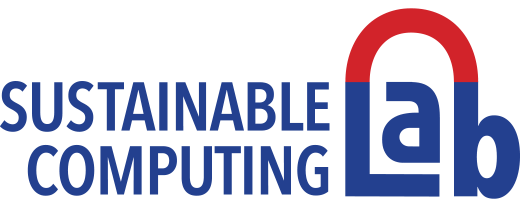
The role of algorithms and automation technologies is steadily gaining importance in our increasingly digitized society. Algorithmic systems are processing, rating, profiling and ranking data, and make decisions that influence many areas of our private and professional lives. More often than not, these systems have a less-than-satisfying record in terms of their transparency, accountability and fairness. Depending on the data they process, some classes of algorithmic approaches perpetuate pre-existing societal biases in their decisions and predictions; others operate completely unscrutinized and opaquely due to claims of trade secrecy or security. Mechanisms to determine responsibility for these effects are difficult to implement and often overlooked in the design and conceptualization of automation technologies, making it all but impossible to hold the system or its creators accountable for potential harms caused by their utilization. Finally, claims of objectivity allow the instrumentalization of algorithms as “math washing”, cementing potentially discriminating or unfair systemic behaviors under an aura of unquestionable impartiality and obscuring the underlying values informing the design and behavior of these systems.
The Automation and Algorithms Working Group aims to study algorithmic systems both in theoratical, empirical and material form, and provide insights into tensions and problematic aspects, but also best practices and remedial strategies to counter these issues. Through a variety of interdisciplinary approaches, including but not limited to economy, science and technology studies, cognitive science, computer science and sociology, we analyze and assess automation technologies both in their conceptual phases and as systems-in-the-wild, research their socio-economic and socio-technical impacts and study solutions to improve future implementations in regards to fairness, accountability and transparency.
Core Projects
One of our core projects is the study and assessment of the AMS Algorithm, an assistive profiling system claiming to determine job seeker’s chances of reintegration into the labor market. Through theoretical aproaches and an analysis of available documentation, we point out tensions and the potential for discrimination, and provide suggestions to improve the system.





